Electric forklifts – or e-forklifts for short – have become an indispensable part of modern warehousing and logistics operations. They are quiet, emission-free , and perfect for use in warehouses or on clean floors. They are also playing an increasingly important role in the rental sector. However, anyone renting an electric forklift should be familiar with one crucial component: the drive battery .
In this article, you will learn what you should pay attention to when using electric forklifts in everyday rental operations , how to treat the battery correctly – and how to avoid breakdowns with little effort.
What distinguishes an electric forklift
Unlike diesel or gas-powered forklifts, an electric forklift runs purely on electricity—powered by a 24-, 48-, or 80-volt traction battery. This offers many advantages:
- No CO₂ emissions – ideal for indoor use
- Low noise level – pleasant for employees
- Less maintenance – no exhaust system, no oil change
- Easy charging via mains connection
Renting an electric forklift is particularly worthwhile for temporary jobs. The prerequisite is that the battery is properly cared for. Without power, everything comes to a standstill.
Why the battery is so important in rental operations
The battery in electric forklifts is more than just a power storage device – it's crucial for range, reliability, and longevity. While you can simply refuel combustion-engine models, an electric forklift requires scheduled charging times and careful handling .
If this is neglected, it can:
- massively shorten the operating time
- lead to charging problems
- in the worst case, damage the battery
Therefore, anyone renting an electric forklift should also know the basics of battery use.
5 things you need to know about electric forklift batteries
Daily check of the charge level
Before you start, check the battery display. Don't start below 20% to avoid unexpected failures.
Use only the supplied chargers
The rental package always includes the appropriate charger. Other chargers may cause damage or be incompatible.
Intermediate charging is allowed – deep discharge is not
Contrary to previous thinking, intermediate charging is now permitted to extend running time. However, never run the car until it's empty, or battery damage may occur.
Low-maintenance battery does not mean maintenance-free
Many rental electric forklifts have low-maintenance gel or lithium batteries . Nevertheless, keep the terminals clean, check the connectors, and report any damage.
Pay attention to the charging environment
When charging, ensure that the area is well ventilated, away from flammable materials and on a solid floor without any accumulation of water .
What happens if there are problems?
With a rental device from BIBERGER , you can rest assured: The battery has been tested, charged, and is ready for immediate use. Should something still not be right:
- Stop the forklift immediately
- Report errors by phone or via our chat
- We will deliver a replacement or send a technician
Our service is familiar with electric forklifts of all classes – whether front loaders, reach trucks or four-wheel electric forklifts.
Training for safe working with electric forklifts
As part of our SYSTEM-CARD training, we also teach the proper handling of electric forklifts and batteries . Ideal for rental customers who want to play it safe or who regularly use industrial trucks.
Conclusion: Those who think ahead drive longer
Electric forklifts are economical, environmentally friendly, and reliable – if you keep the battery under control . In everyday rental operations, it's crucial to keep an eye on the battery charge level, use the right charger, and respond quickly to problems.
If you're looking to rent an electric forklift that runs reliably, BIBERGER is the right place for you.


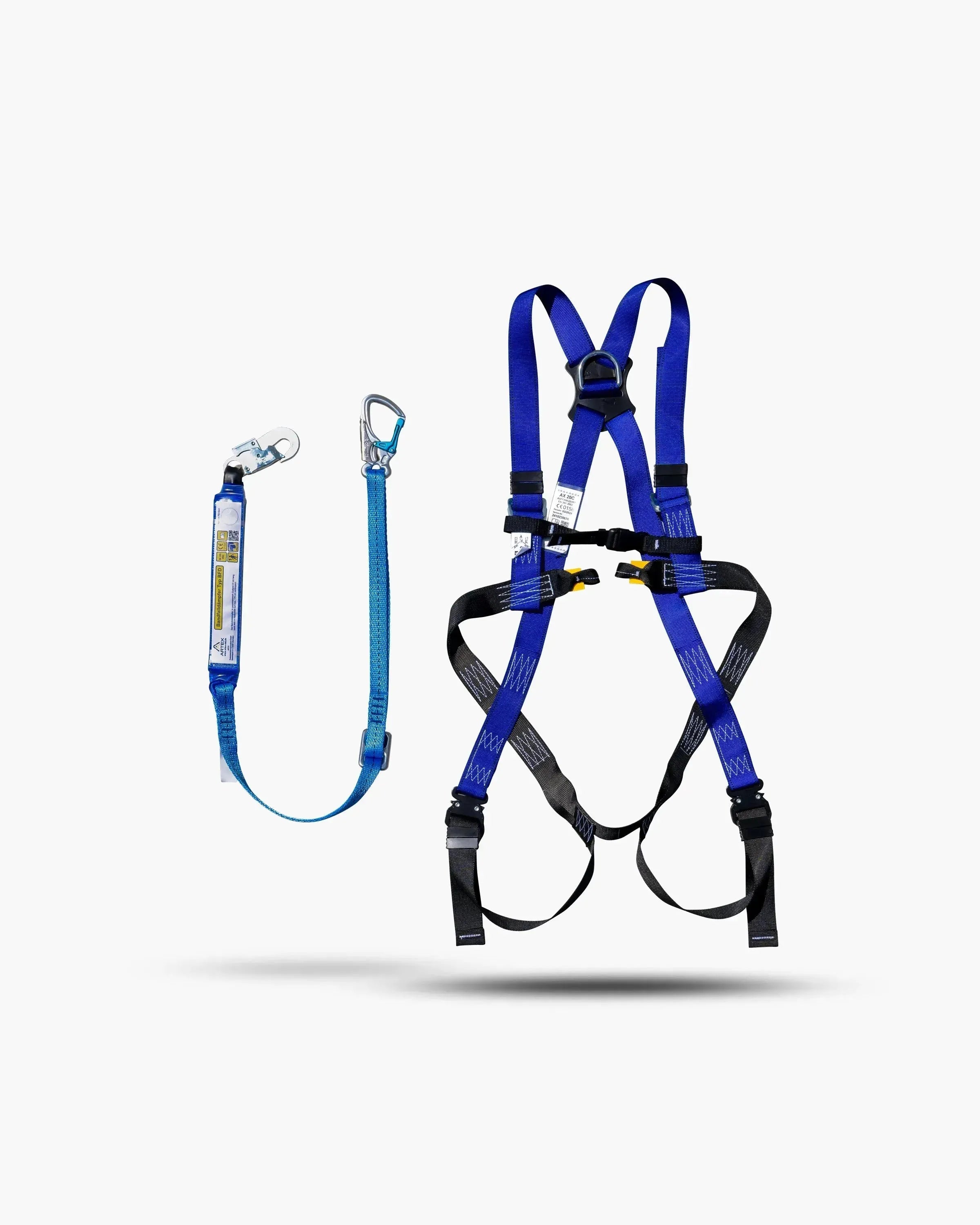




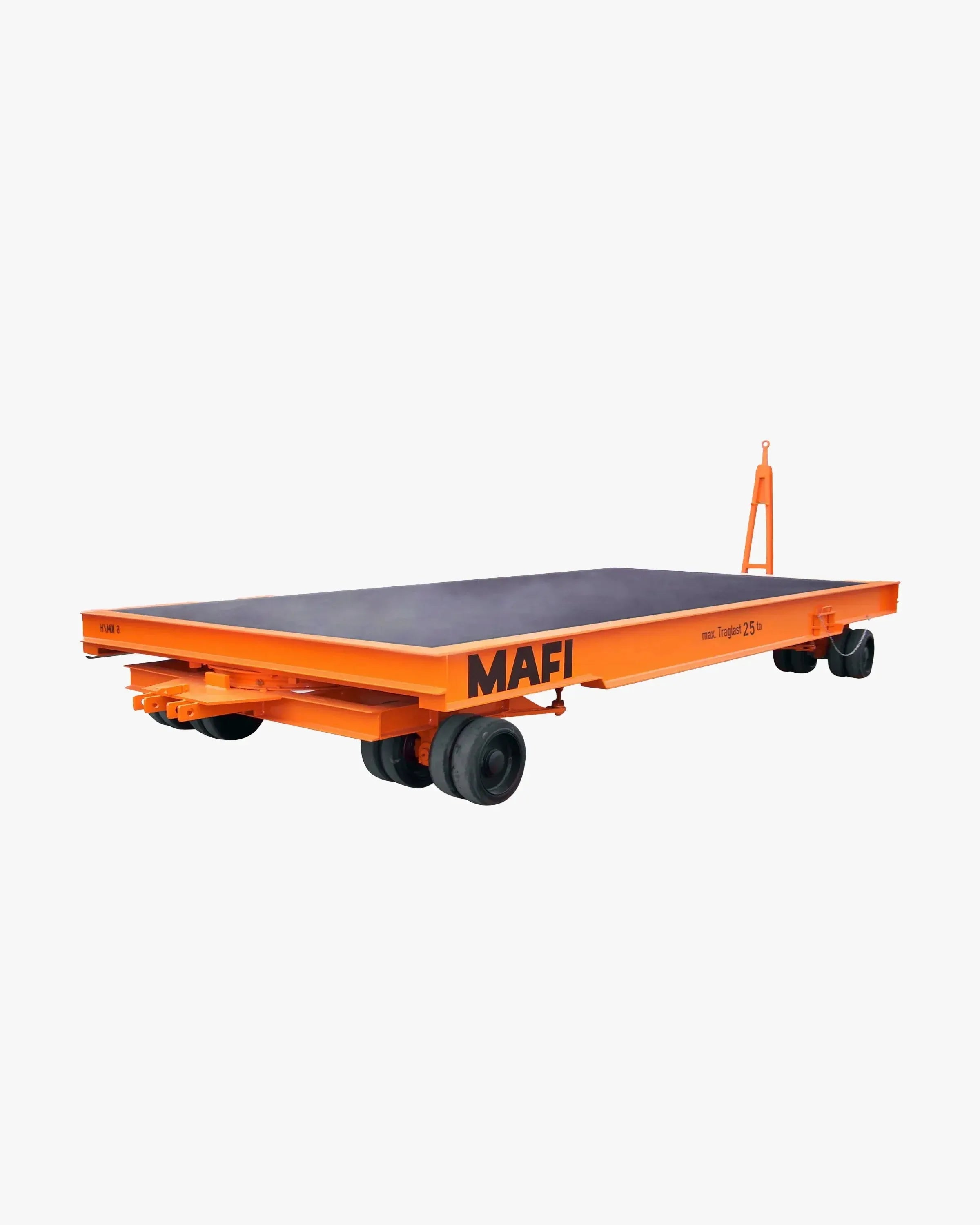
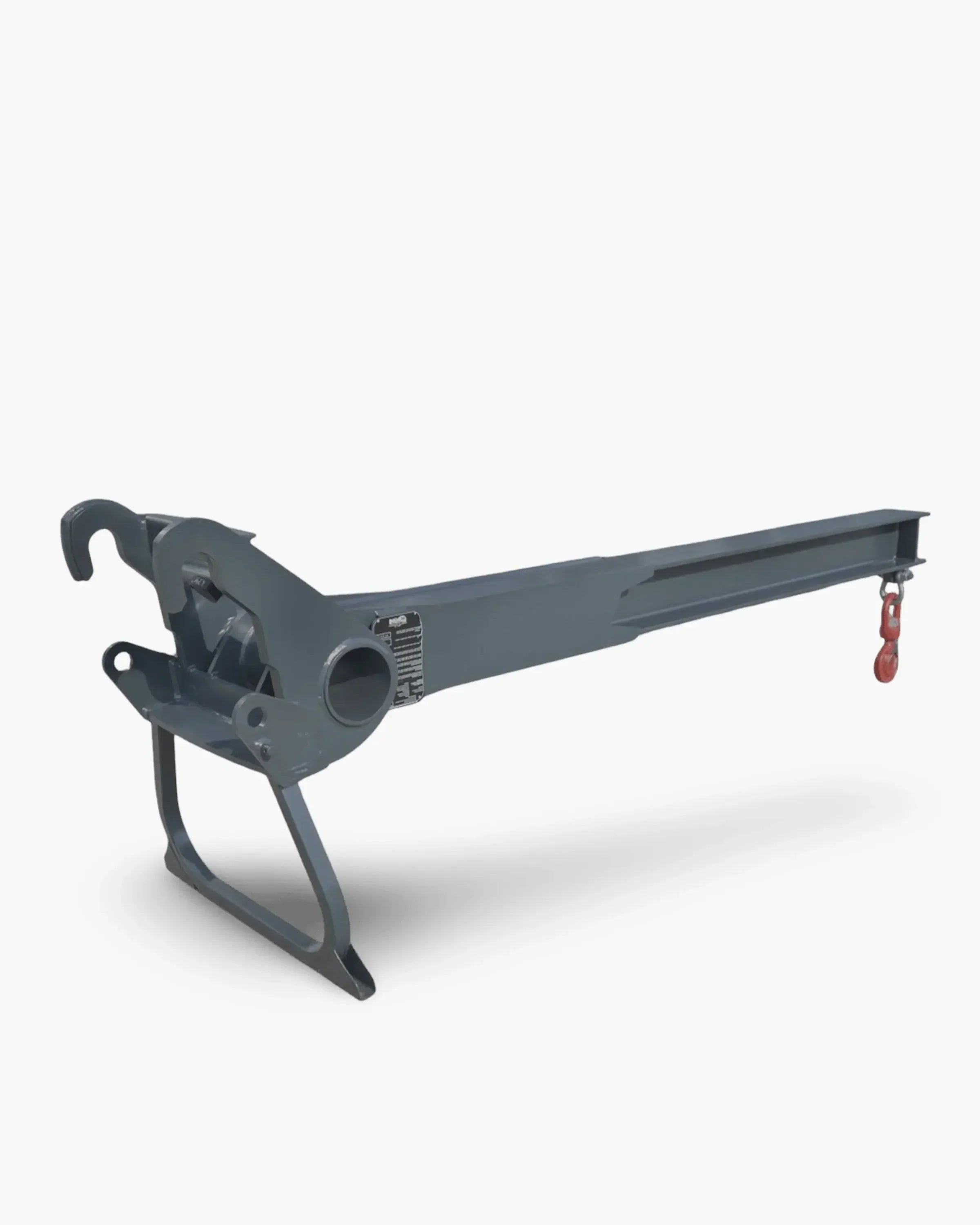

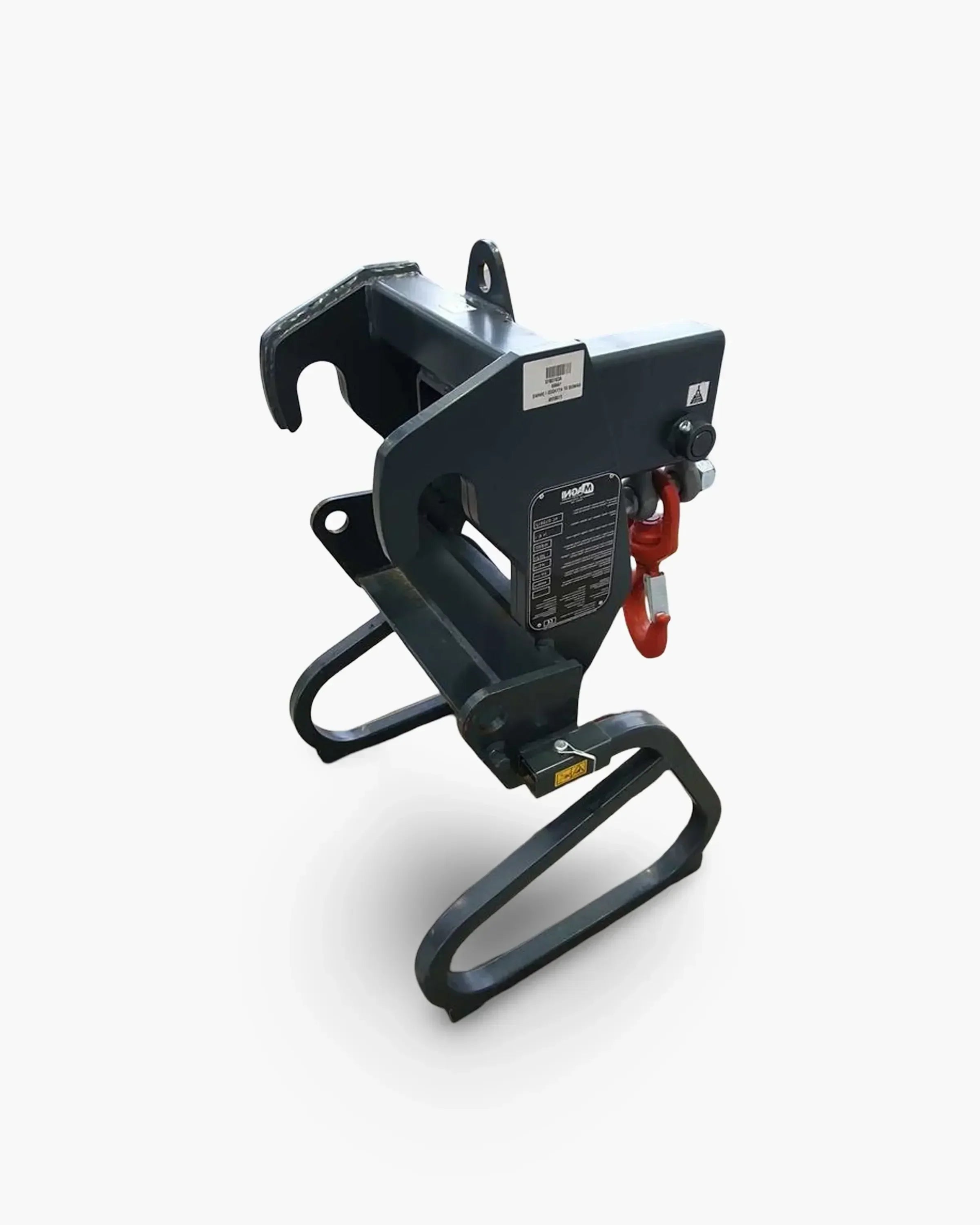

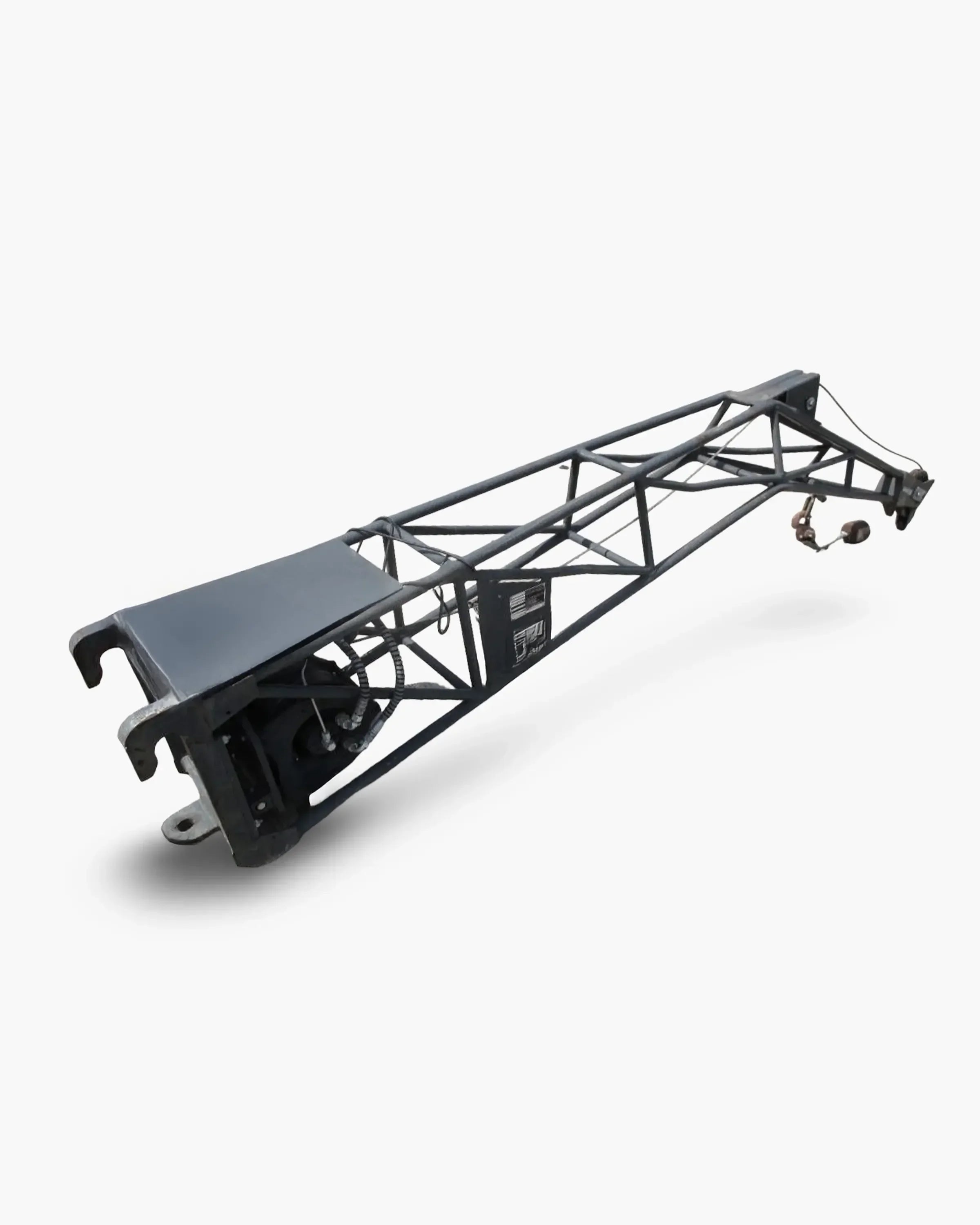
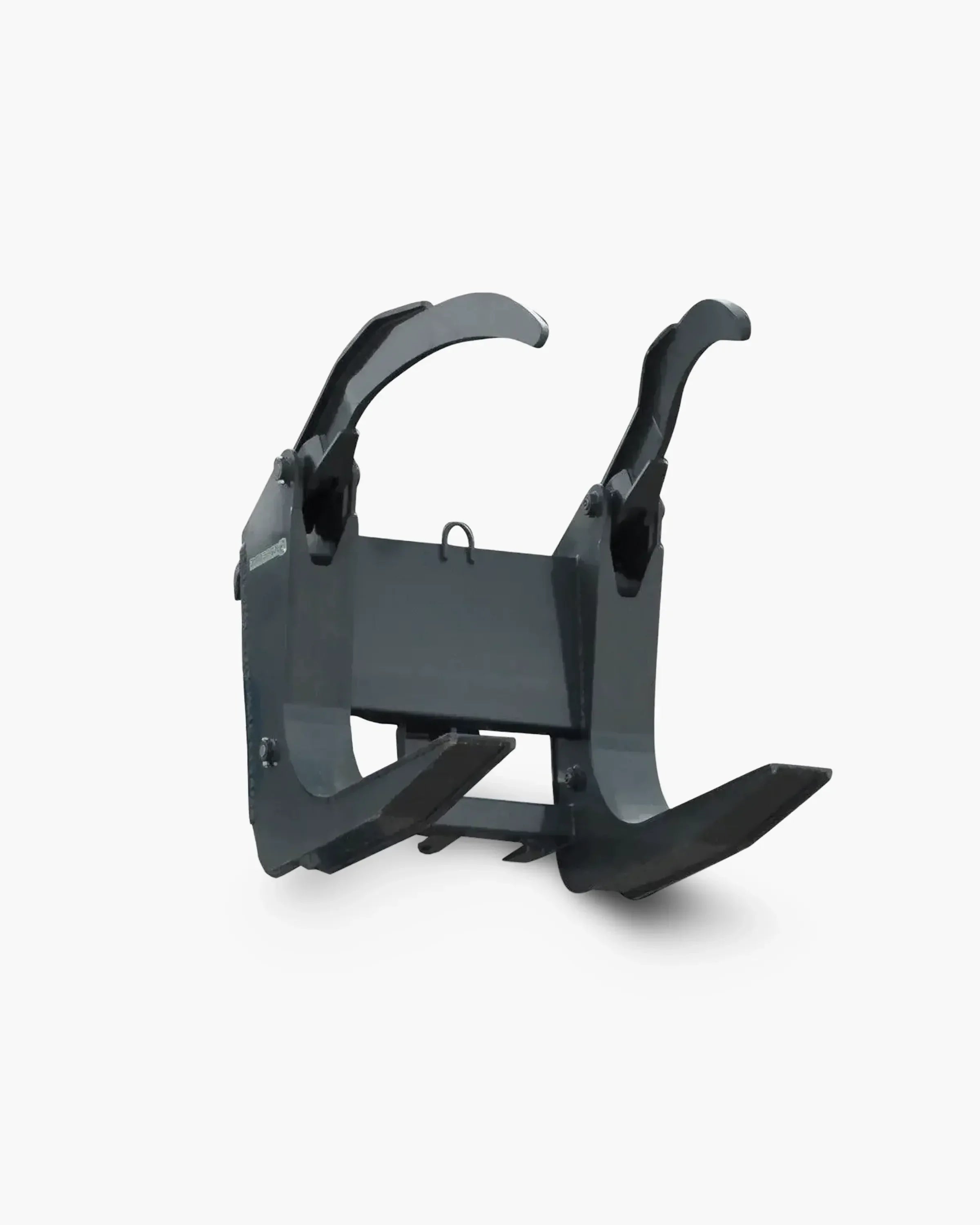
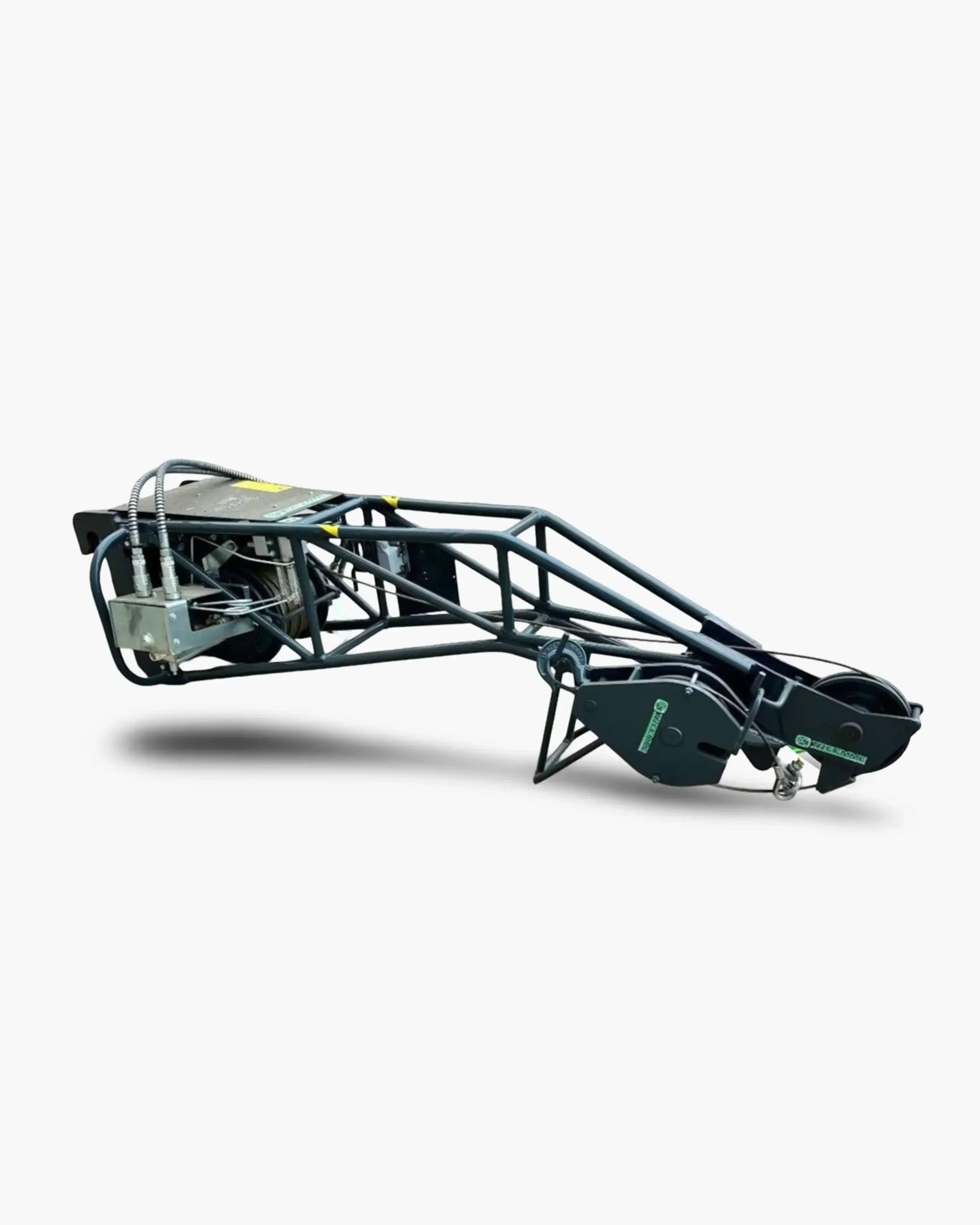

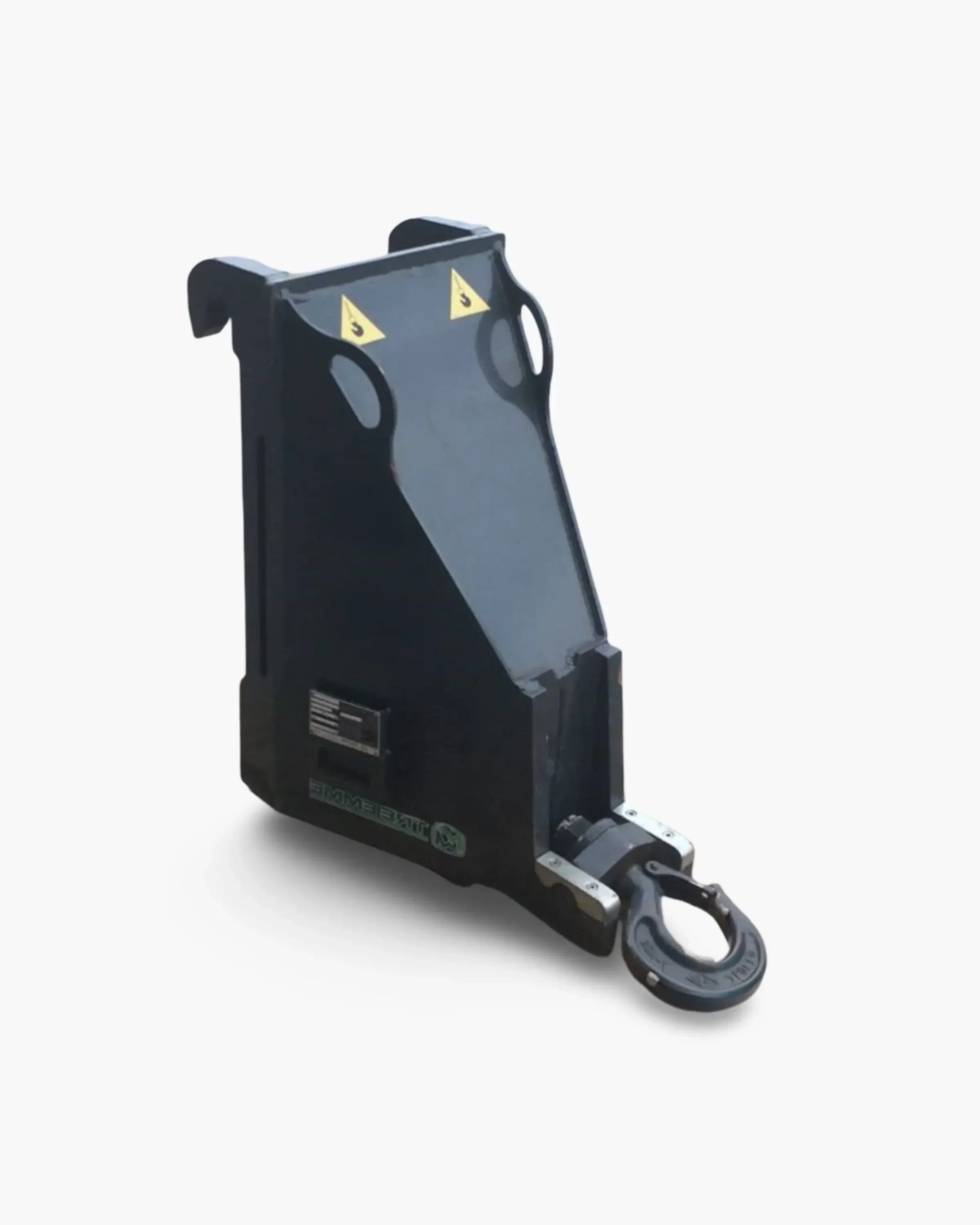
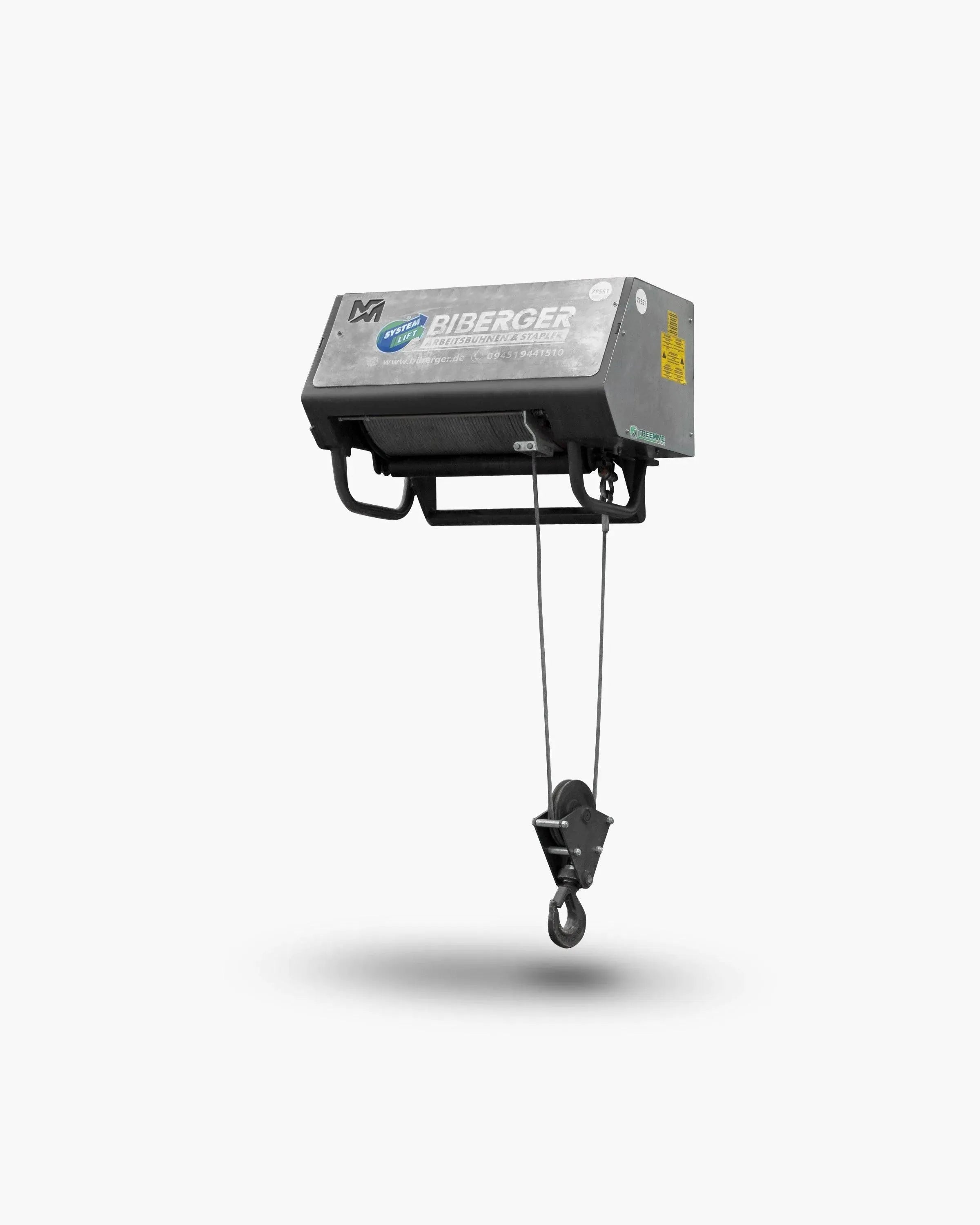
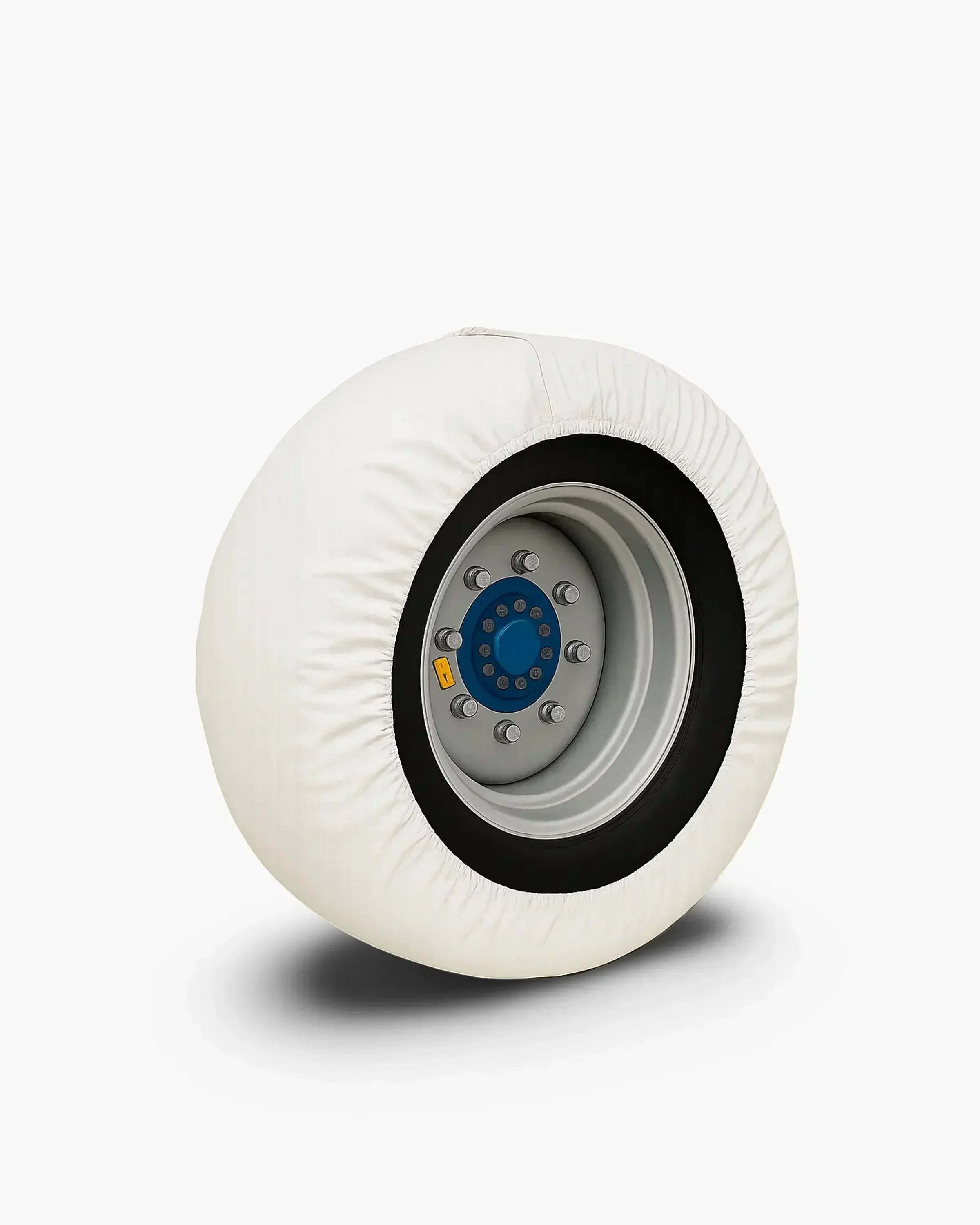


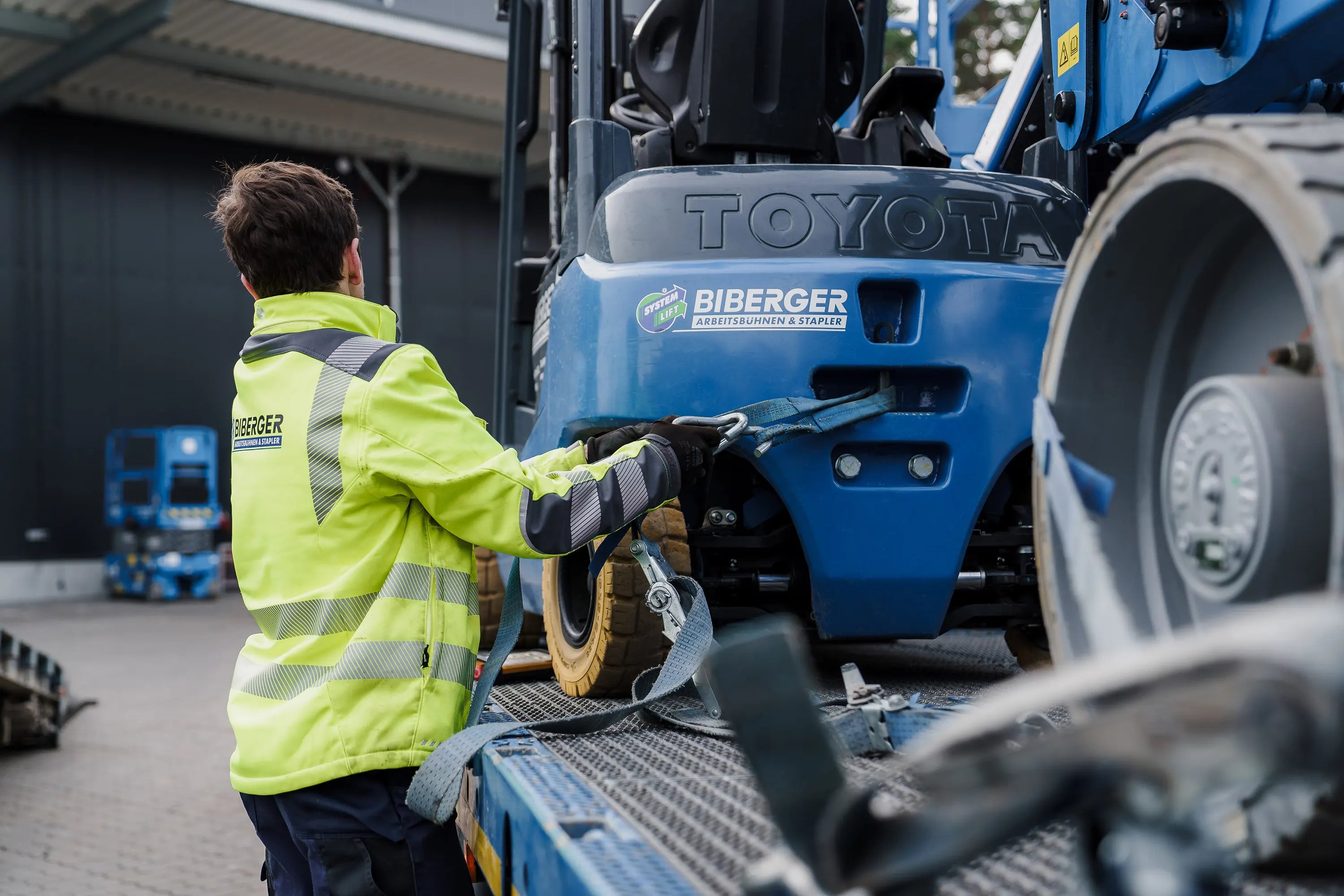

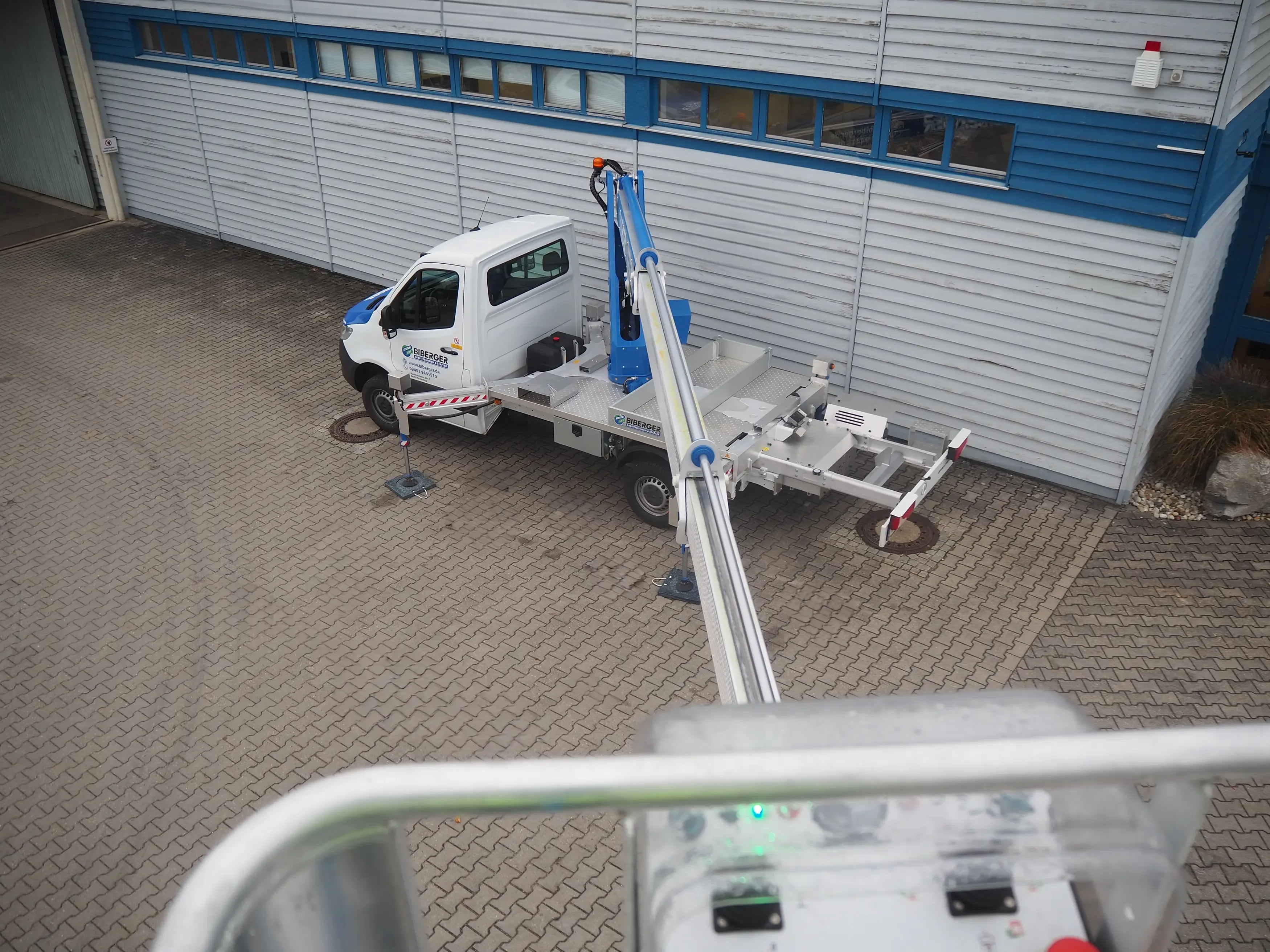
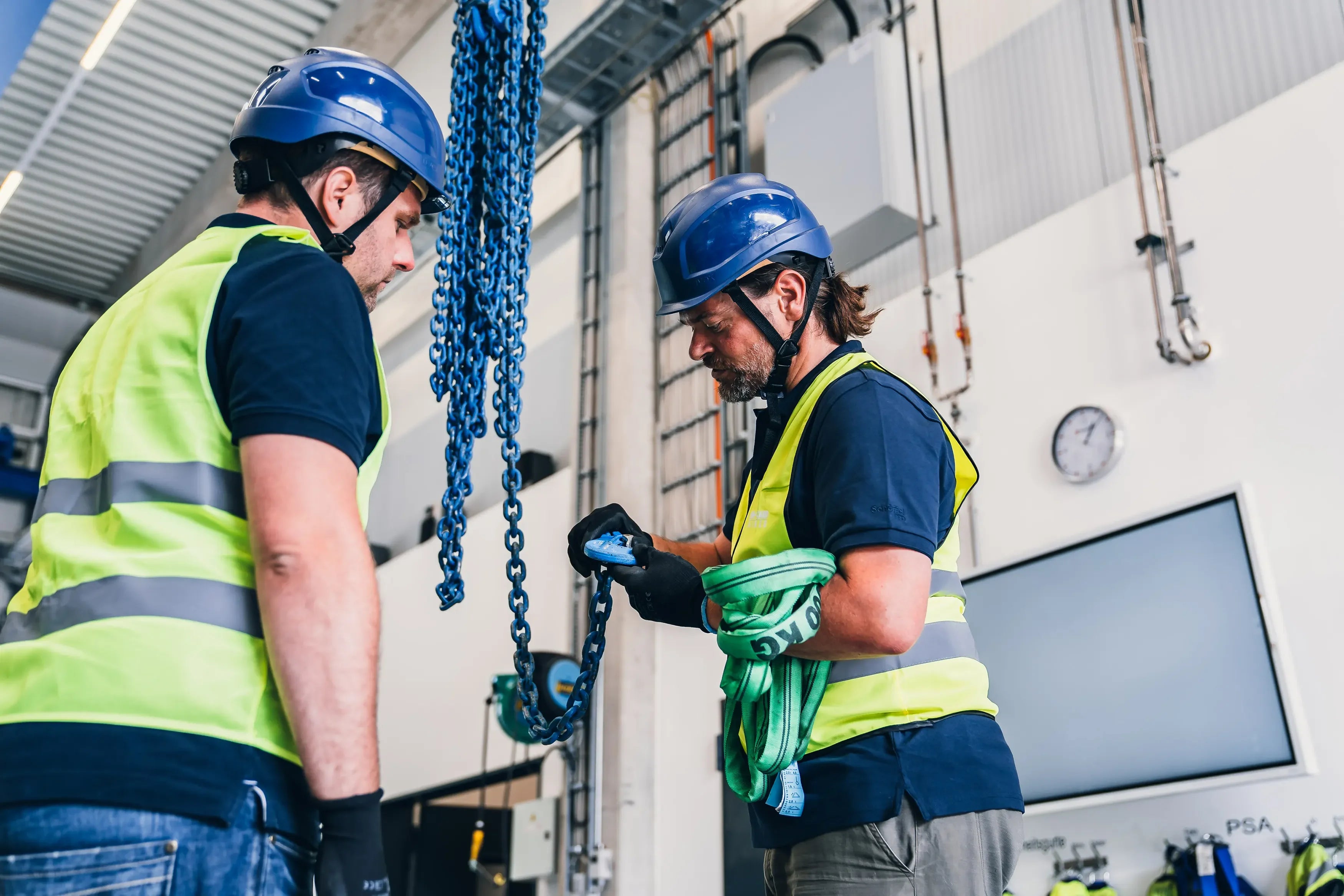
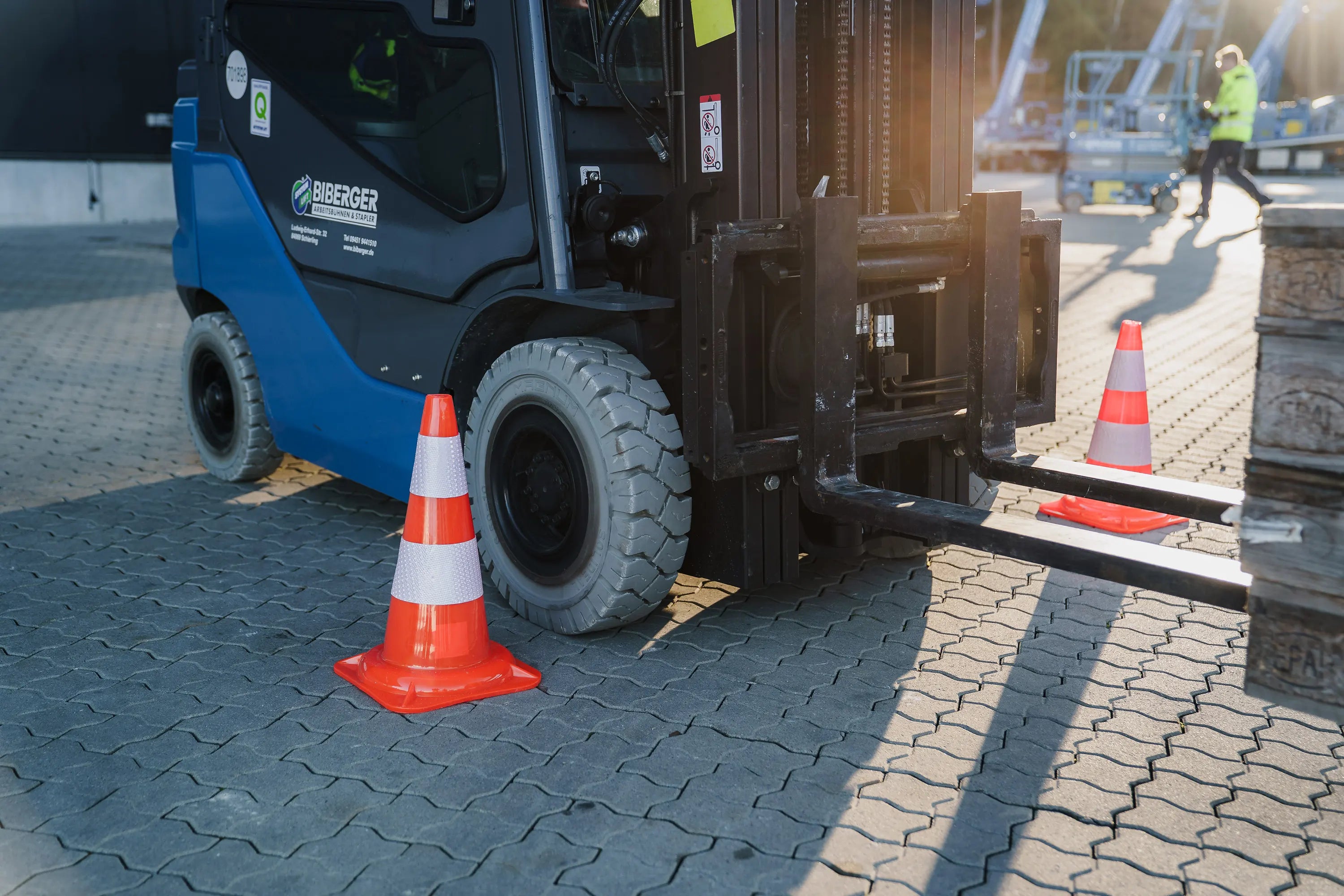
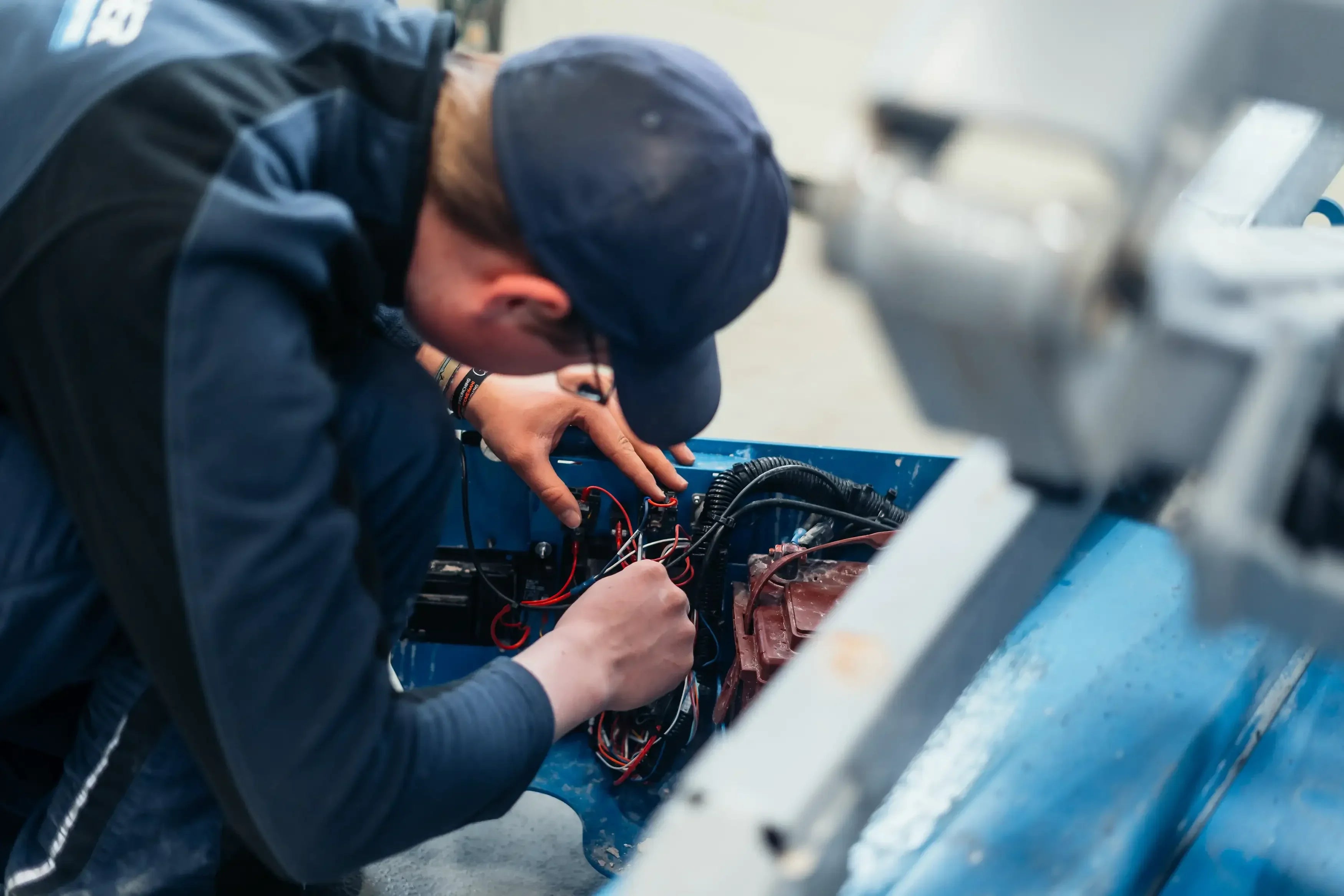










Share:
The platform extension: More reach without moving
The world's largest forklifts, work platforms and cranes
Our editorial quality standards
The subject content on biberger.de are editorially created, reviewed, and continuously updated. The basis is our daily work with aerial platforms, telehandlers, and industrial trucks – in rental, sales, operational planning, and technical support.
Each article draws on real-world experience and is editorially reviewed for clarity, accuracy, and practical relevance according to expert criteria. Technical statements are regularly compared against current industry standards and best practices.
The aim of our publications is to make reliable specialist knowledge accessible and to offer guidance to users, decision-makers and industry partners. BIBERGER sees itself as an independent information platform for safe, economical and modern height access technology – well-founded, comprehensible and free from advertising influence.